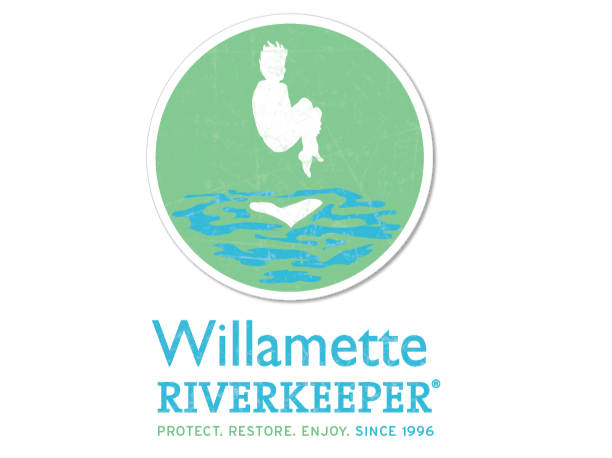CHALLENGES & POLLUTION
The Willamette River faces a host of threats to its natural ecosystem functions, including:
Loss of floodplain, riparian habitat, and river complexity resulting from a range of agricultural and urban development over the decades.
A variety of invasive plant and animal species that threaten wild flora and fauna.
Water quality violations for temperature, bacteria, and mercury. Industrial and agricultural pollution has resulted from increases in pesticide use, as well as emerging contaminants such as flame retardants and 6-PPDq.
Continued point-source pollution from industrial and municipal facilities that can be problematic for water quality.
Non point-source pollution from surface runoff in both urban and rural areas.
Large dams on the major tributaries that significantly block fish passage, resulting in a Biological Opinion that is being slowly implemented at best to improve fish passage.
Fish consumption advisories due to mercury and PCBs.
Storm water overflows that increase bacteria levels.
In some areas, increased blue-green algae during the summer months.
A massive Superfund site in Portland Harbor - with 10 miles of contaminated sediments polluted with historic chemicals such as PCBs, DDT, and oil-based pollutants.


